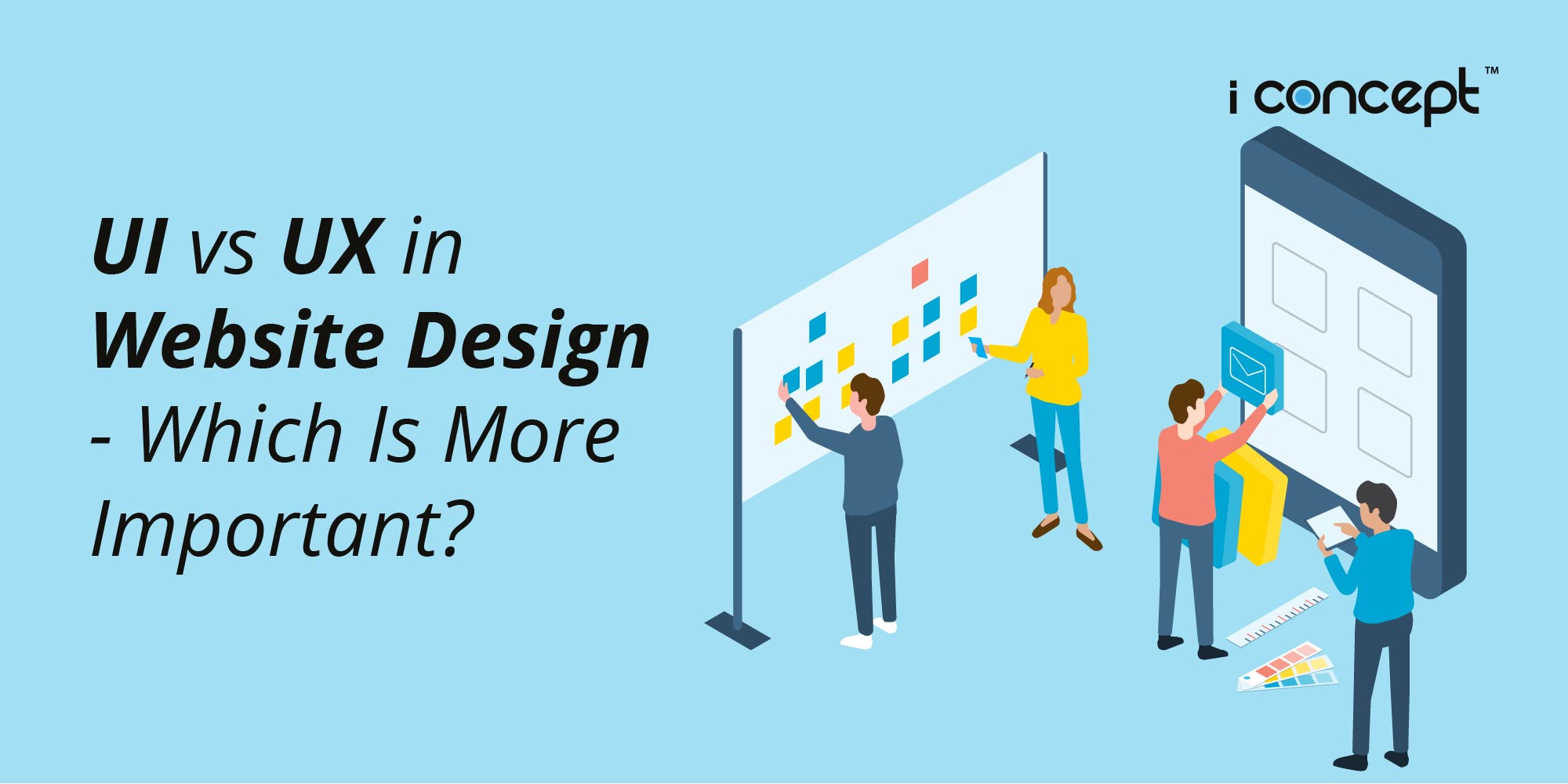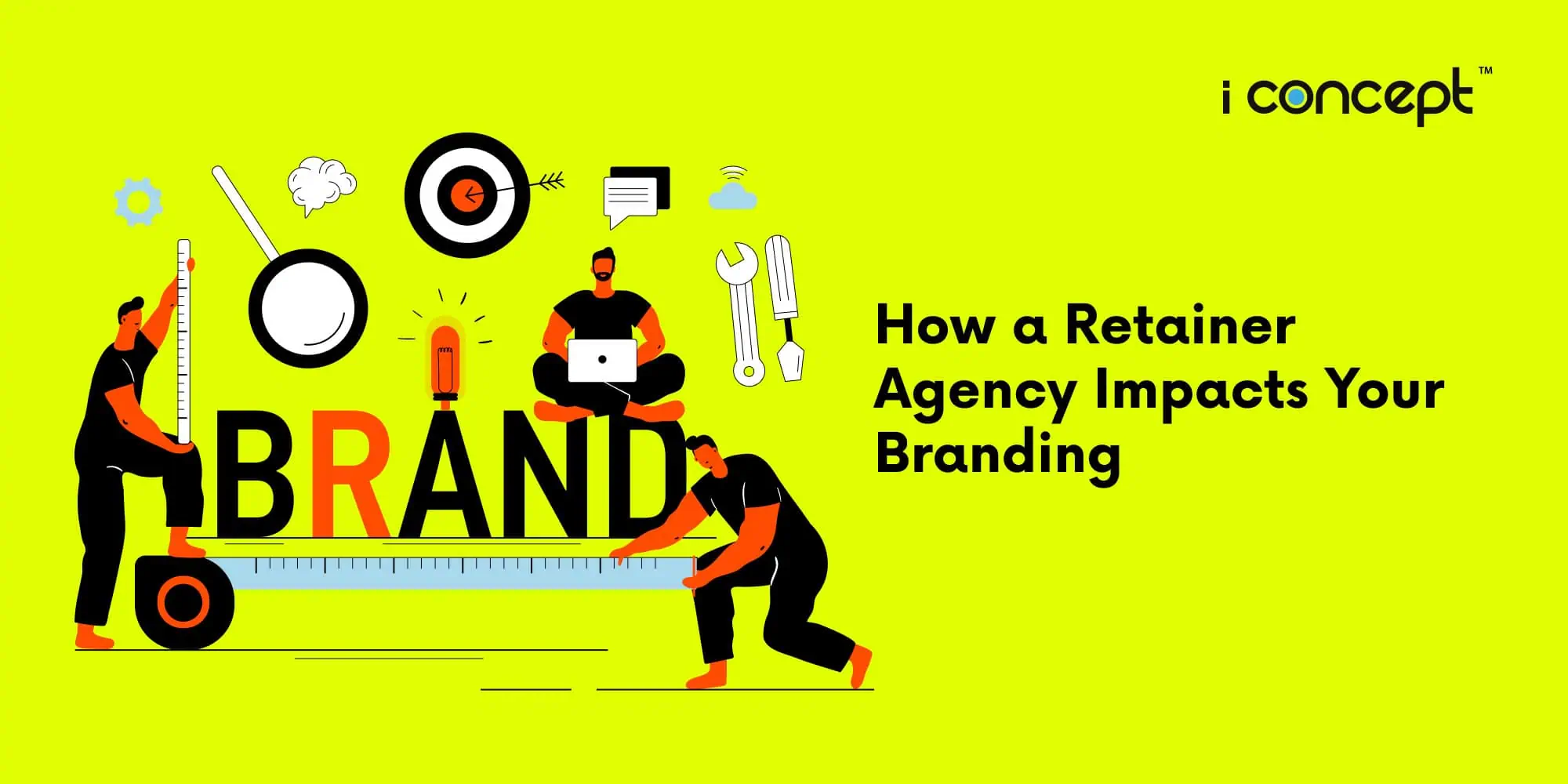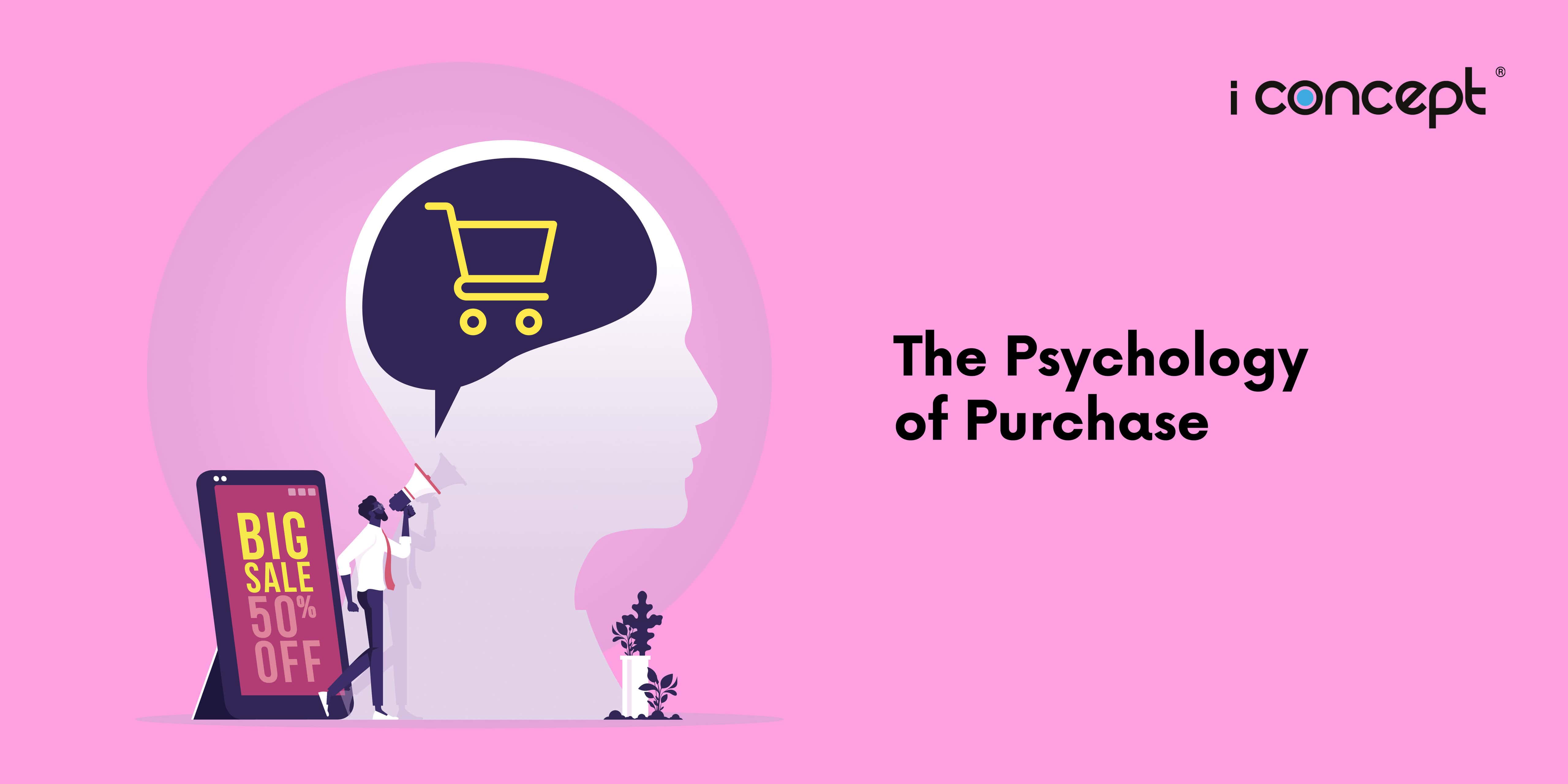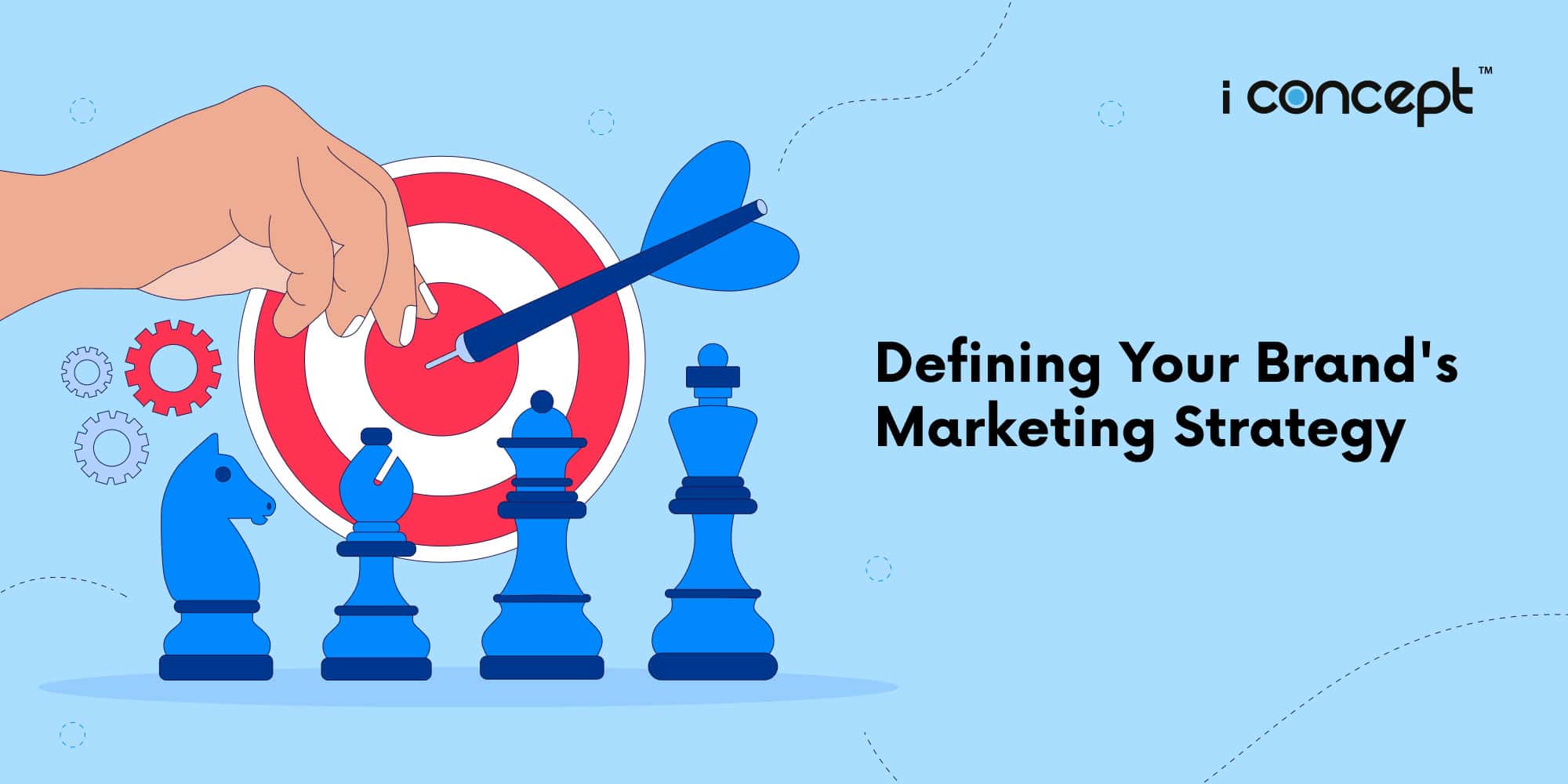If you’ve seen an effective and charming website design, the culprits behind it are the application User Interface (UI) or User Experience (UX) principles. UI and UX have probably the highest hit rates when it comes to terms associated with web design in Singapore, and they may even sound similar.
However, they’re completely different and both are essential to website development, yet most brands usually place more emphasis on UI than UX. To get to the heart of the matter, we’ll be playing judge today and making our verdict on the application for each school of thought.
But first, what is UI and UX? User Interface (UI) refers to every visual element that is visible on the website itself, while User Experience (UX) refers to the psychology and emotions behind the visual cues that dictate the users’ interactions with the site.
Now, we’ll officially start trial with the first defendant to present its side of the argument, the ever-popular UI.
Point 1: Making Great 1st Impressions
People are quick to judge one another based on their appearances, and the same goes for websites. First impressions on the website’s design matter, and it’s also one way UI benefits brands’ websites tangibly.
UI focuses on the appearance of the site, much like a vain pot applying make-up frantically in front of the mirror. That means UI ensures that your website looks good through compelling visuals or using the best fonts, upon users landing on it.
Humans are mostly visual creatures, which is also why a lot of smaller brands often lean more on the side of UI when it comes to the development of their website.
Point 2: Enforcing Branding
One thing that a great UI designer usually gets right is the branding of the website itself. Given that UI is all about visuals, it only makes sense for UI design to be the one that reinforces branding within the web design.
UI design and branding are often interrelated, with one affecting the other in its application across the site. UI design will apply the right usage of branding, accent and complementary colours in the site to create that effect.
By using the branding colours and elements at the core of the design, a website with UI principles can often be associated with the brand accurately at first glance.
Point 3: Better For Marketing
For digital marketing agency turn creative agency, we can safely tell you that compelling visuals help to sell brands in marketing campaigns. It’s even more effective when these campaigns are backed with charming website designs.
The most effective digital marketing media buy objective is Traffic, as in generating traffic through clicks to your website, which means your users are ending up at either a microsite you developed for the specific campaign or your website itself.
Safe to say UI is gonna come in pretty handy there.
After hearing from UI’s point of view, UX is up on the stand and ready to makes its case. So, UX, if you please…
Point 1: User Experience
Taking heed from its name, UX is all about making the user feel good and it’s accomplished through the understanding of their needs and intentions within each step of their journey on your site.
UX involves the planning of the entire user journey, adding only necessary steps and eliminating or shortening unnecessary ones to smoothen the whole process. Nothing turns users off in the digital realm like wasting their time.
Ensuring that users can intuitively know what to do and where to go on each page on the site, UX is like a great customer service representative that guides your users through their journey and keeps them happy.
Point 2: Sales & Conversions
UX is what sells your products or services. By adhering to UX principles, users are more likely to reach the end of that rainbow and find that pot of gold aka buying your products or paying for your services. (In this case, that pot of gold is for you.)
To motivate and push users towards your end goal, UX relies on an understanding of users’ behaviours and intention in creating visual cues and designing each page to present your objectives and align it theirs.
In short, UX literally sells with invisible persuasion through design and science.
Point 3: Search Engine Optimisation
As mentioned above, having a great UX assures that your web design is not turning users off, keeping it effective and functional. Besides the clearer benefits, this also reaffirms your position in the rankings that matter. No, not the ranks you earn in the army, we’re talking about Search Engine Optimisation (SEO).
With users less likely to exit your website, they’ll not drop off or bounce quickly, which leads to lower bounce rates. And that’s a good thing. Lower bounce rates indicate to search engines like Google that you’re a trustworthy source, hence, they’re likely to raise your position on the Search Engine Results Page (SERP).
Having high search engine rankings guarantees high volumes of customers coming to your site, which means you got more customers to convert and sell your products to.
Our Verdict Is….
You need both. UI is not more important than UX and vice versa. This is a shitty ruling in the court of law but in this mock trial for website design, it’s the right call to make. You can’t have a good design on the surface and not have it be successful in guiding and converting users.
UI and UX go hand-in-hand in the design of a good website, and you shouldn’t be favouring one over the other. Treat them like how you should treat all your children. Fairly. Now the next right call to make is to call upon a web design company in Singapore with UI/UX designers that can revamp your site effectively.
Oh wait, that’s us. Right, so contact us.
